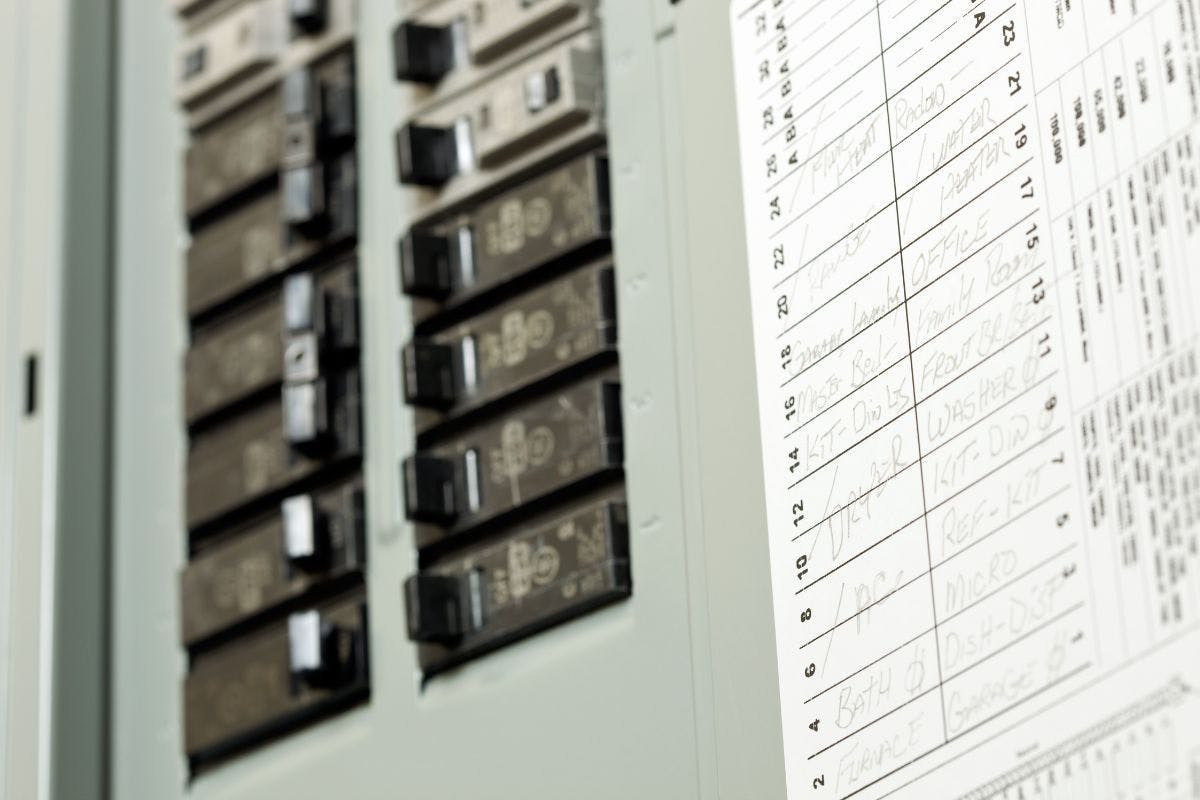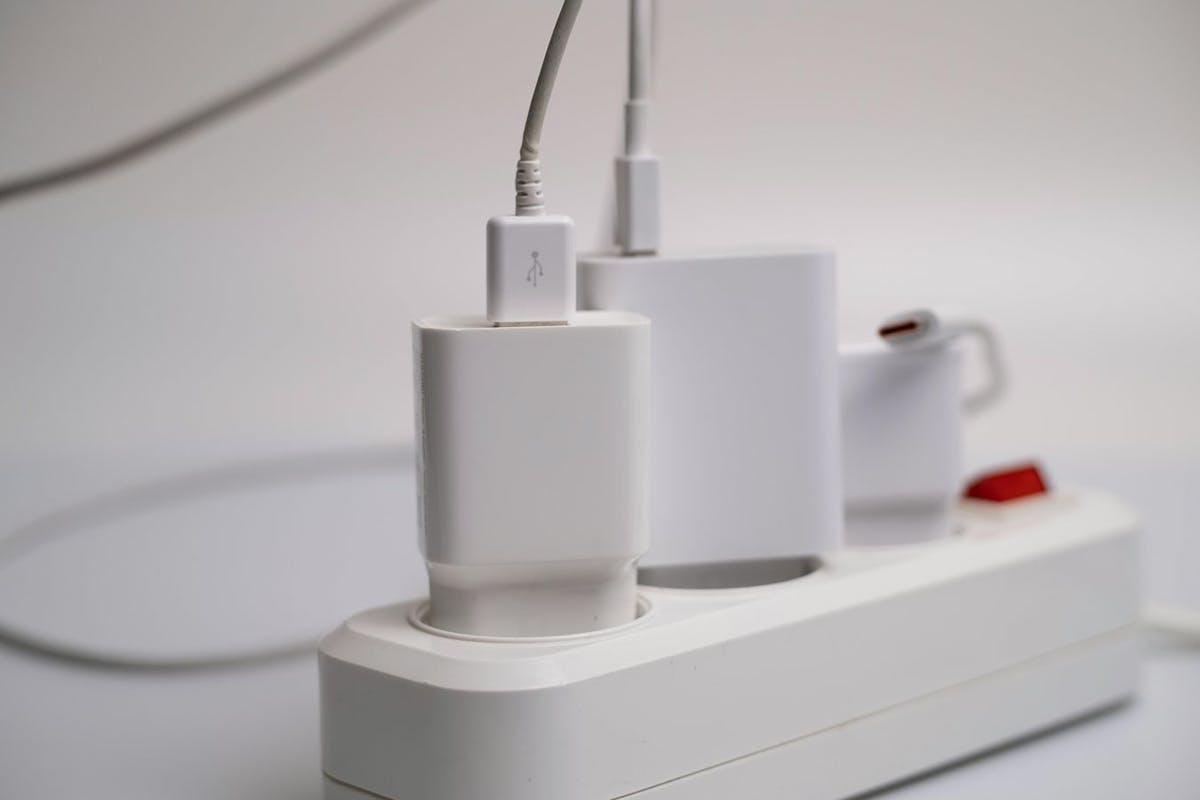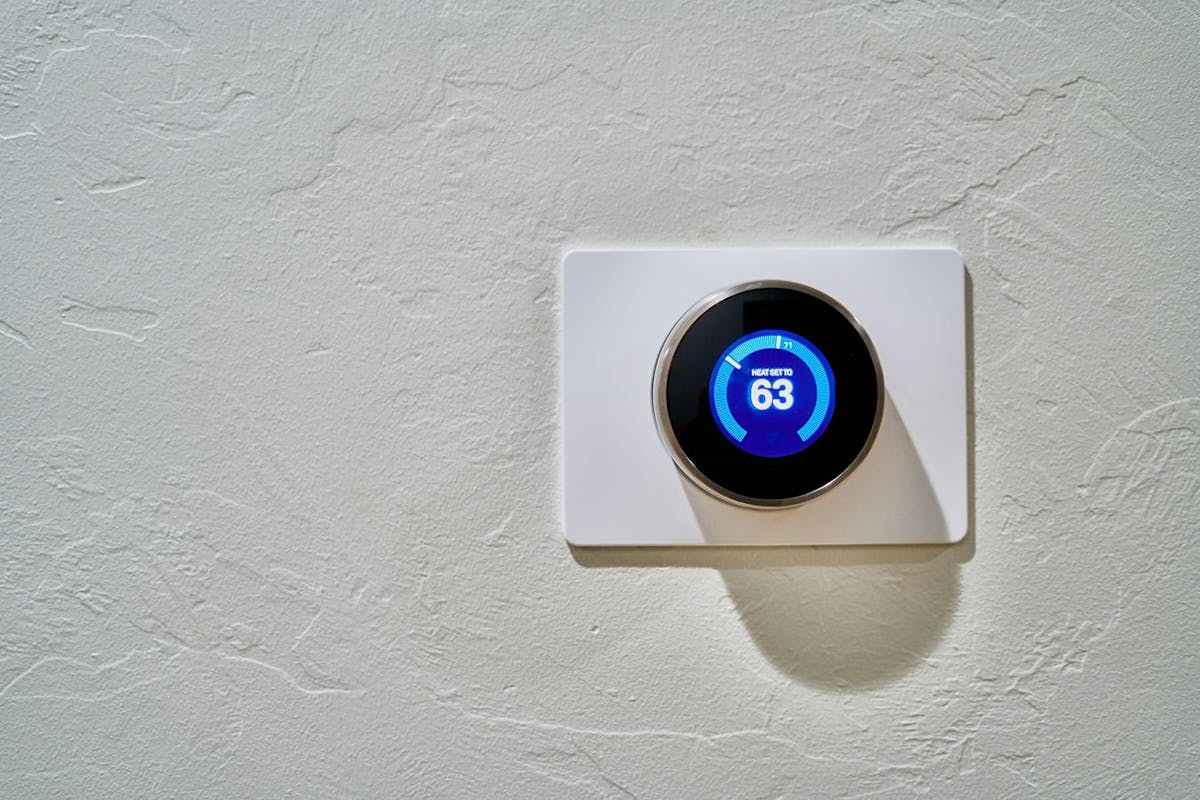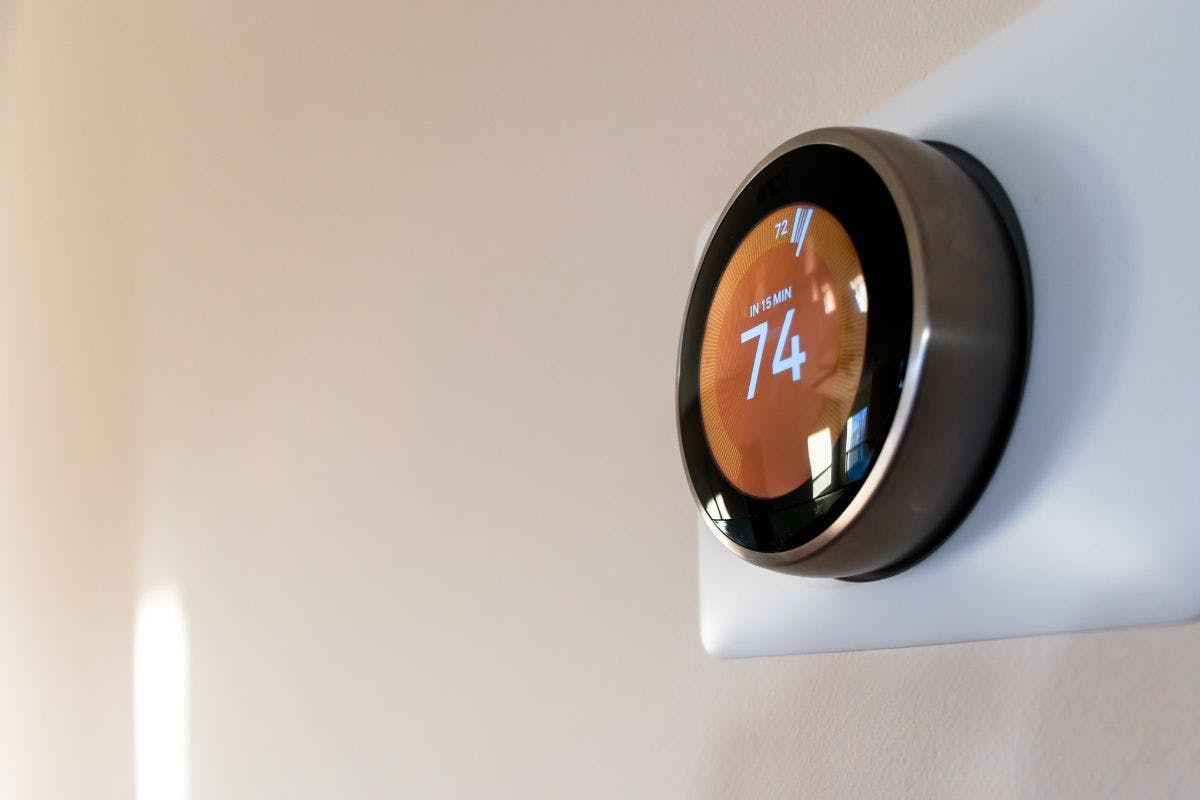Electrical Panel Upgrade Cost, Process, and More
Last edited

Author
Andrew Blok
Electrification and Solar Writer and Editor

Editor
Andrew Giermak
Solar and Electrification Writer and Editor

How we use electricity at home is changing. For one, we're expected to use more of it, as home electrification becomes more common. But if you're newly charging an electric vehicle, heating and cooling your home with a heat pump, or generating your own electricity with home solar panels, your electrical panel is a key piece of it all.
That grey box tucked away in a basement or hallway closet is an essential part of any modern home, and sometimes it needs updating. Here's when and how to replace or upgrade your electrical panel.
See how much you can save with home energy changes
When to Upgrade Your Electrical Panel
Your electrical panel helps organize how electricity flows in your home and provides a valuable safeguard against electrical fires. Breakers in your electrical box control circuits throughout your home, and they’ll flip to avoid dangerous conditions (an overloaded circuit or a short circuit, for example). A faulty electrical box can be a safety hazard. Here are some common reasons to replace it.
As always, it’s best to hire a licensed electrician to handle electrical work.
Old age
Electrical panels have lifespans of 25-40 years, and old age can be a reason to replace them. If you see rusting or other signs of deterioration, it may be time to get a new one.
Size
Home electrification is the process of swapping all your gas-powered appliances — your gas stove, water heater, and furnace, for example — for electric alternatives — an induction stove, a heat pump water heater, and a heat pump for climate control.
When you increase the number of things in your house running on electricity, you might need more space in your electrical panel, especially if your new appliances need 240-volt outlets that require 240-volt circuit breakers in your electrical panel.
Poor performance
If your lights are flickering or outlets go out intermittently, it could be an issue with the panel and its breakers.
Smart panel upgrade
Newer smart panels can provide greater insight and smart control over your home’s electricity consumption. Regardless of your old panel’s age or performance, you may want to upgrade to a smart panel for the convenience and insight it provides or if it will help you avoid upgrading your utility service.
How Much Does it Cost to Replace an Electrical Panel?
Electrical panel replacements will vary in cost. A survey of online consumer-facing sources gives a range from about $1,000 to more than $10,000. The most common answer you’ll find is “it depends.”
Factors that affect the project’s cost include the local cost of parts and labor, the size of the panel being installed, and whether or not you’re upgrading your utility service. Any additional wiring upgrades can add to the expense.
The best way to determine what the project will cost at your house is to get multiple quotes from licensed and insured electricians.
Electrical panel upgrades can qualify for a tax credit of 30% of the project’s cost up to $600. The panel must have a load capacity of 200 amps and be installed in conjunction with qualifying energy efficiency measures or “qualified energy property,” including heat pumps, heat pump water heaters, and air conditioners. The tax credit now expires at the end of 2025.
See how much you can save with home energy changes
Electrical Panel Upgrade Pros and Cons
Sometimes, you won’t have a choice about upgrading your panel. At other times, you might be able to weigh the pros and cons.
| Pros | Cons |
|---|---|
| Improved safety | Cost |
| Better performance of your home’s electrical system | Smart panels, like all smart devices, could come with additional cybersecurity considerations |
| Allows for home electrification | |
| Smart panels can improve control of energy use |
What to Expect During an Electrical Panel Upgrade
You likely won’t do the work yourself, so what should you expect after you select an electrician to work with?
Schedule the work
There may be some waiting involved.
If you’re weighing multiple quotes, you likely won’t have an electrician begin the work on their first visit. Depending on the extent of the work and your location, permits may need to be pulled.
You should also plan for the disruptions this work can bring. Your home will be without electricity during the work.
Disconnect power
On the day of the panel upgrade, your electrician will shut power off to your house.
Remove the old electrical panel
The electrician will remove the electrical panel and label all the wires for when they’re reattached to the new panel.
Install the new electrical panel
The electrician will secure the new electrical panel, typically in the same place as your old one, and reattach the wiring.
Restore power
Once the panel is installed, power will be restored.
Test the system
Before leaving, an electrician will test their work and make sure everything works as it should.
Cleanup and wall repair
An electrician should clean up the mess from the work. If they needed to cut out any drywall to access wiring behind the walls, there may be some drywall repair left for you to handle.
Can You Do a DIY Electrical Panel Replacement?
If you’re a licensed electrician, you’re probably up to the task. For the rest of us, the answer is no.
Poor installation is not only a safety risk, a DIY installation may be illegal where you live. When it comes to electrical work, it’s best to leave it to the pros.
To see how energy improvements could affect your energy bills, check out Palmetto’s solar savings calculator or contact form.
See what home electrification can do for you:
Frequently Asked Questions
How long does an electrical panel last?
Electrical panels can last up to 50 years. Common estimates put the electrical panel lifespan between 25 and 40 years.
How long does it take to replace an electrical panel?
The timeline depends on the project, but most can be handled in less than a day.
What are the benefits of upgrading my electrical panel?
Upgrading your electrical panel can eliminate safety hazards, allow you to install more electrical appliances, and, in some cases, provide you greater insight into how your home uses electricity.


